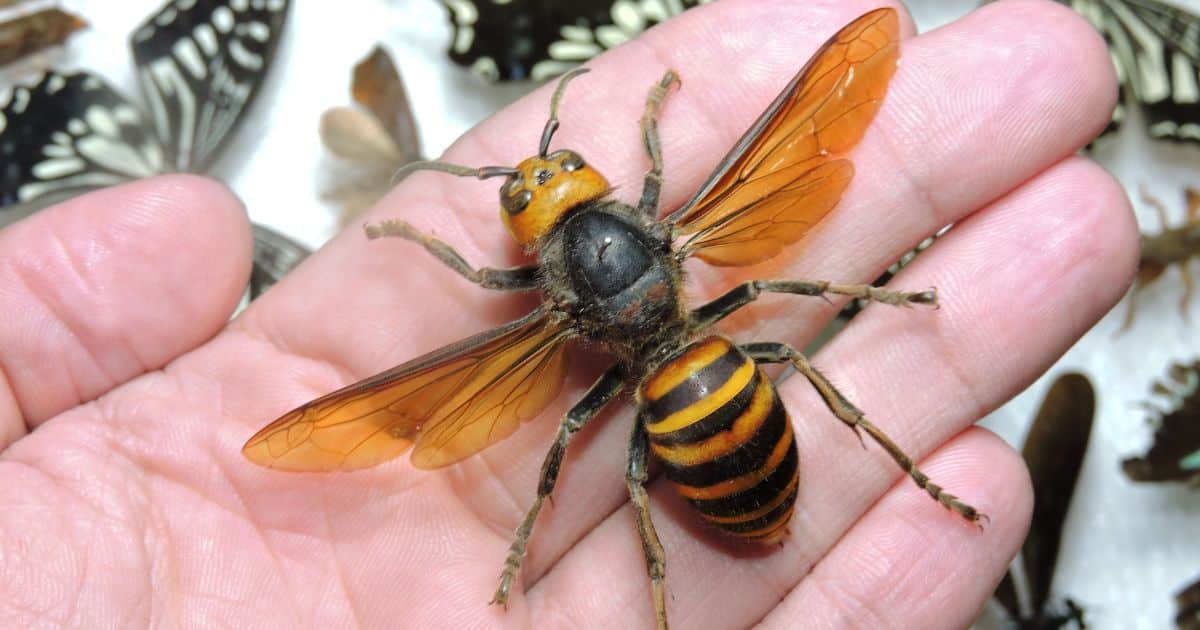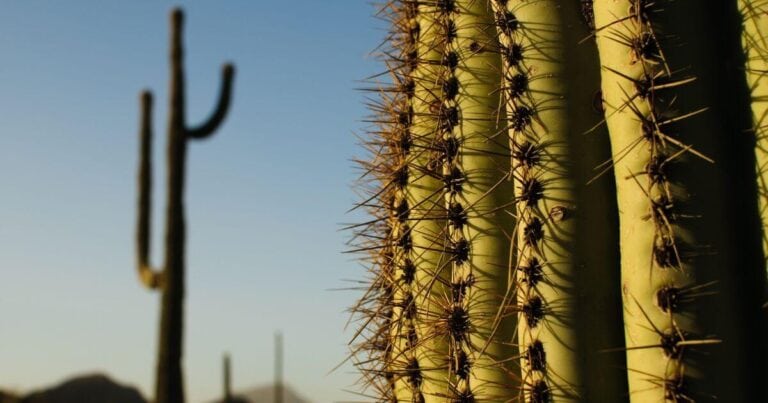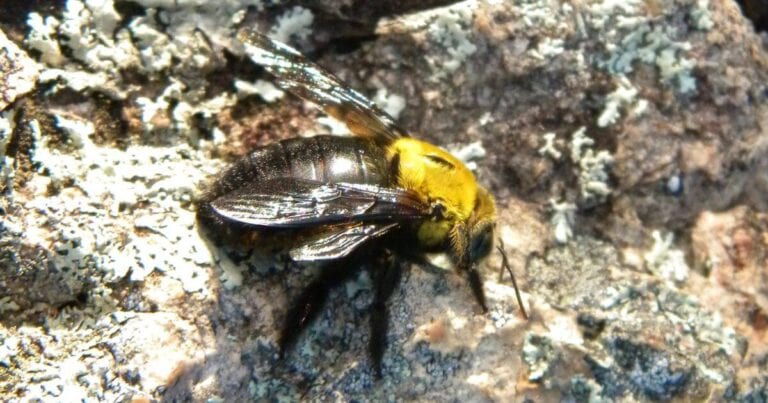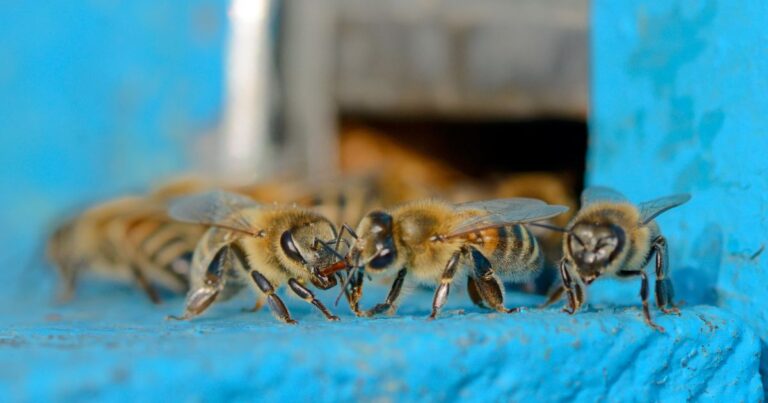Murdering Hornets Part 1: Potent Venom and a Crunchy Snack
The collective noun for a group of crows is a ‘murder’, but although these common scavengers have long been associated with dead carcasses, battlefields and cemeteries.

The origin of this epithet is more likely to be reflective of the creative names assigned to various assemblages of animals – like a ‘parliament’ of owls or an ‘ostentation’ of peacocks! The ‘murder hornet’, however, may be far more deserving of this title.
The Asian giant hornet (Vespa mandarinia) is native to much of Asia including India, China and Russia, and is common in Japan, where it is known as the ‘giant sparrow bee’. It is the world’s largest social wasp; workers grow to a length of approximately five centimetres (with a wingspan of more than seven centimetres), while queens may exceed ten centimetres.
In recent times, the species has become popularly known as the murder hornet, ostensibly because in the insects’ ‘slaughter phase’ they are capable of destroying an entire colony of honey bees within hours.
However, the hornets’ formidable venom is also capable of inflicting human casualties, with up to fifty fatalities across Asia every year, and forty-one in Shaanxi province, China, in 2013 alone.
Although three different colour forms are recognised, all feature a conspicuous orange head. The Asian giant hornet favours mountainous foothills and lowland forests, and when found in urban areas, it’s highly dependent on green space. Nests are almost invariably subterranean, and are often constructed around rotten tree roots, but may also co-opt the burrows of other animals, such as rodents.
The nests consist of several combs that may measure more than fifty centimetres across. Colonies follow an annual cycle and are established by inseminated queens when they emerge from hibernation in mid-April.
Asian giant hornets are voracious predators and hunt down insects, including mantids, bees and other species of eusocial wasps. They also consume honey and sap flows, notably from oak trees.
They can fly up to a hundred kilometres in search of food, at speeds of up to forty kilometres per hour, and a single individual can kill forty honey bees in a minute with its powerful mandibles.
Adult hornets cannot digest solid protein; they chew prey into a pulp to feed their larvae, which then produce a mixture of amino acids to be consumed by the adults. A synthetic version of this ‘hornet juice’ is now being marketed as a supplement capable of improving human endurance.
Vespa mandarinia is the only species of social wasp known to employ a scent marker to identify the location of a food source, such as a honey bee colony, thus enabling an organised attack.
The hornets also communicate via pheromones, and hungry larvae bang on the walls of their cells to attract attention! Although bereft of natural defences, the Japanese honey bee has developed an amazing strategy to combat these giant hornets.
Upon detection of a hornet scout, it is engulfed by a ball of hundreds of bees, which vibrate their flight muscles vigorously. The scout eventually succumbs to the increased heat and carbon dioxide concentrations and is prevented from alerting the rest of the hornet colony to the presence of the bees.
Research suggests that sometimes conflict costly to both species is avoided when the bees warn off hornet scouts with signals that they have been recognised.
Murder hornets are equipped with a stinger that typically measures approximately six millimetres in length (about four times longer than that of a honey bee) and delivers a large quantity of potent venom. This causes excruciating pain – it has been likened to having a red-hot nail driven into the flesh – and contains a neurotoxin that can prove lethal to humans who receive multiple stings.
Unlike bees, hornets are capable of stinging repeatedly, and Asian giant hornets’ stingers can penetrate thick clothing, including protective beekeeping suits. The hornets will vigorously defend their nest if threatened; thankfully they do not often trouble humans who are not acting in an aggressive manner.
But is the concept of the murder hornet as a dangerous and destructive killing machine somewhat of an over-dramatization?
In rural Japan, the giant hornets are considered advantageous in that they remove pests such as caterpillars from crops. The larvae are deemed to be a delicacy and are fried or steamed, or preserved in jars.
Likewise, the adults are fried until crisp and eaten as a snack, as well as being used as an ingredient for traditional liquors. The hornets are believed by some to confer medicinal benefits.
The greatest threat currently posed by murder hornets is located far from their natural distribution. Asian giant hornets were first detected in North America in August 2019, and have since resisted attempts at eradication, with a nest containing more than 1,500 hornets in various stages of development having been discovered in Whatcom County, Washington, on August 19 this year.
The potential impact in the United States (a combination of the costs of control measures plus loss of crops and decline in honey bee production) has been estimated at more than US$200 million per year.




